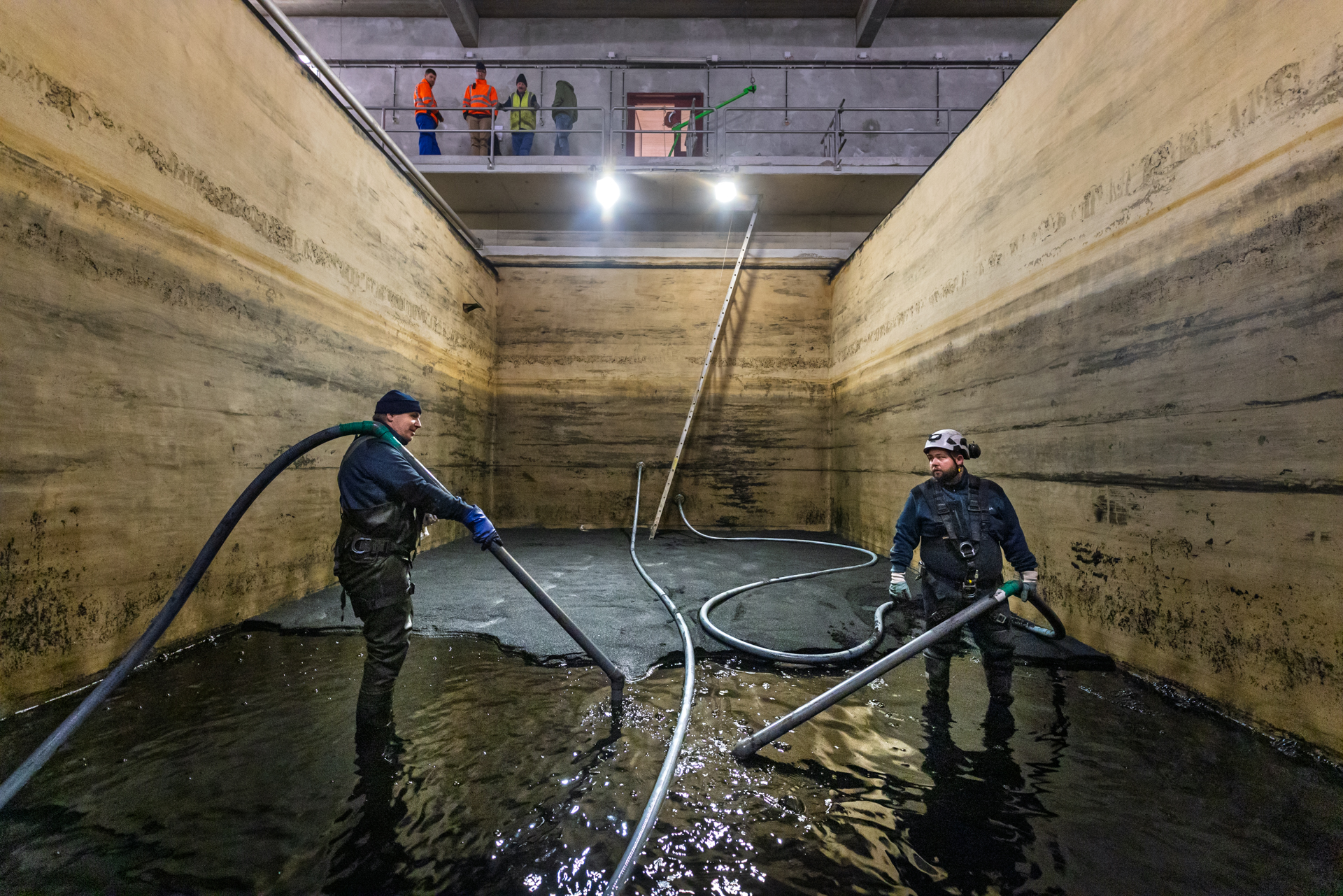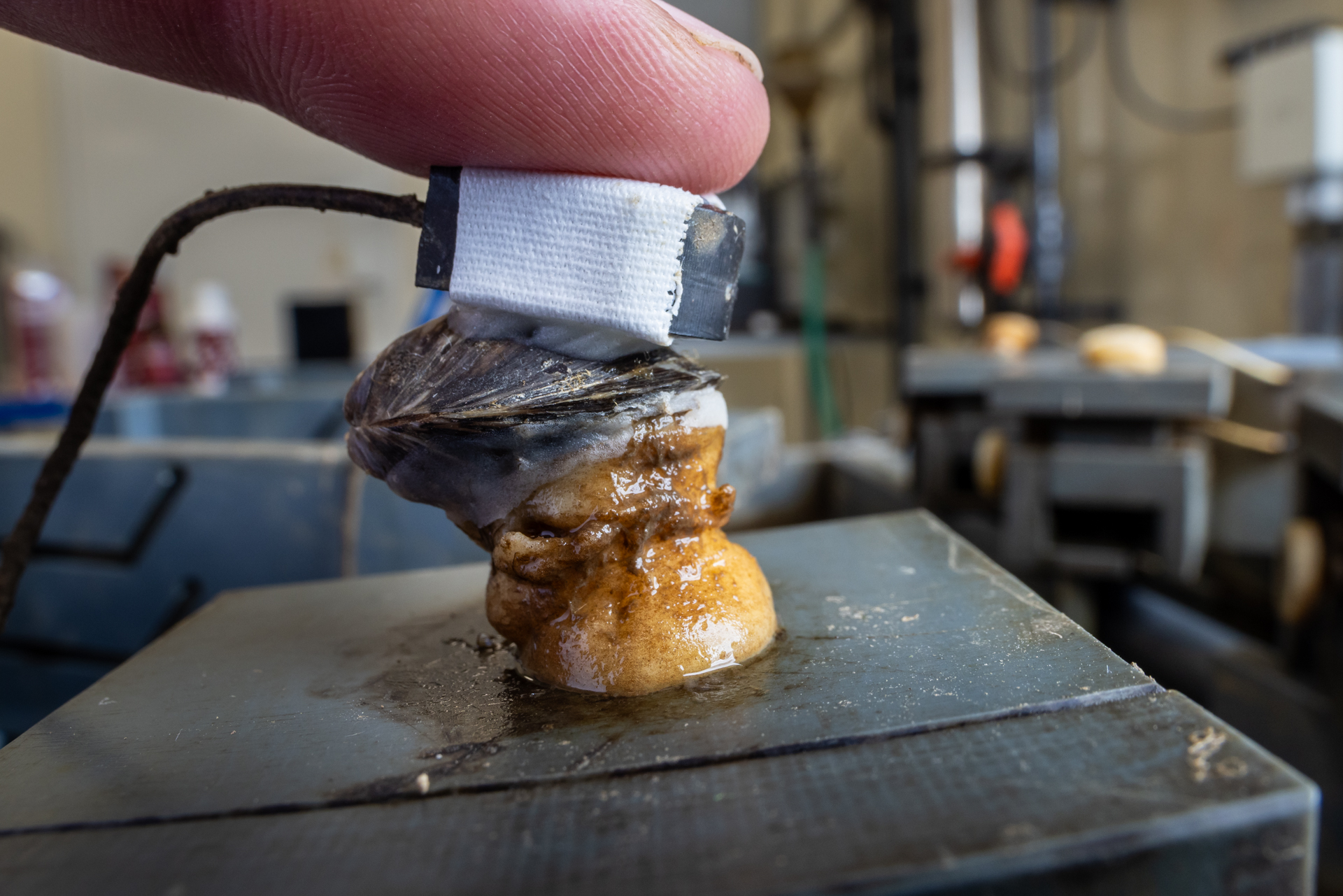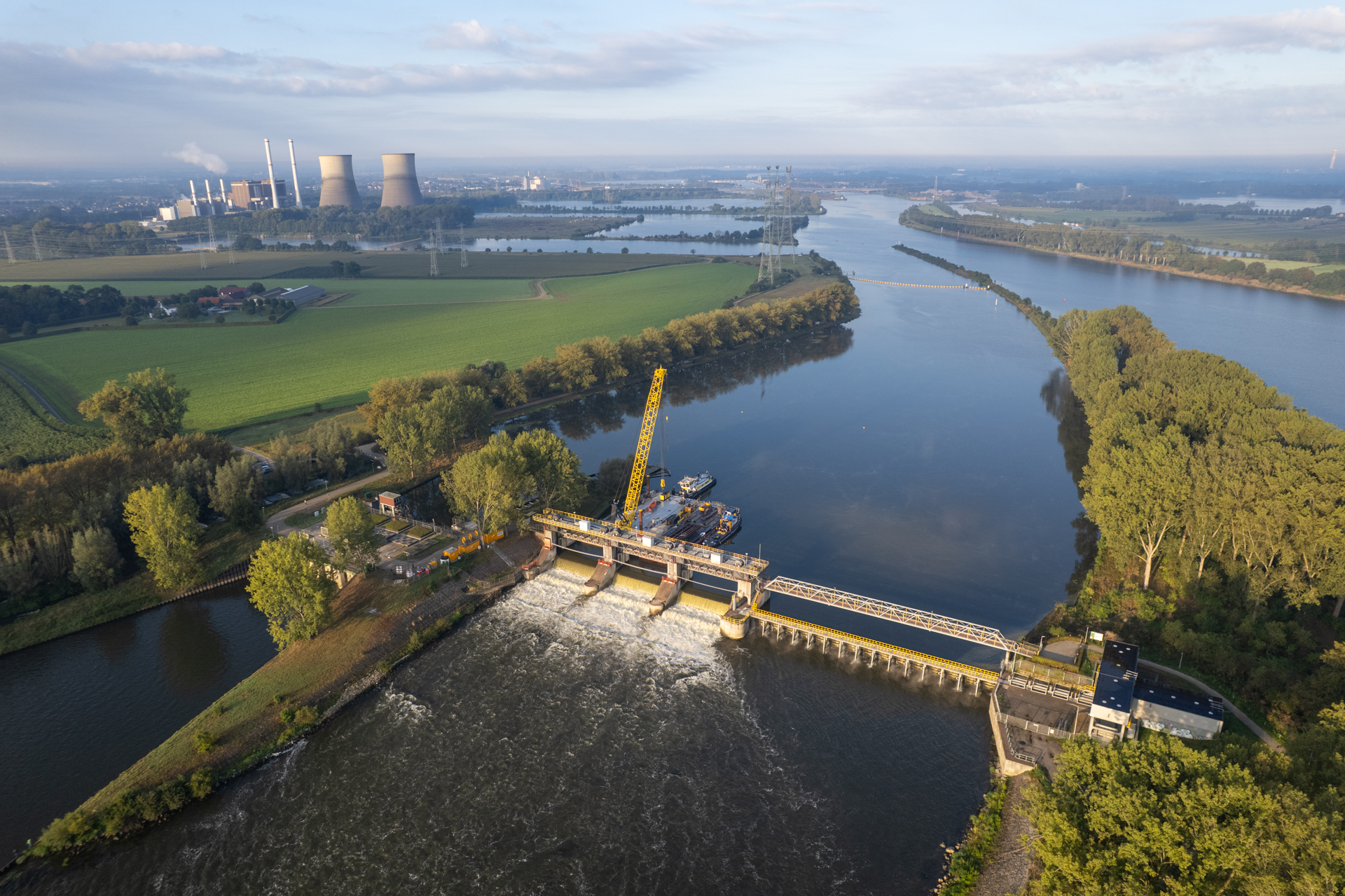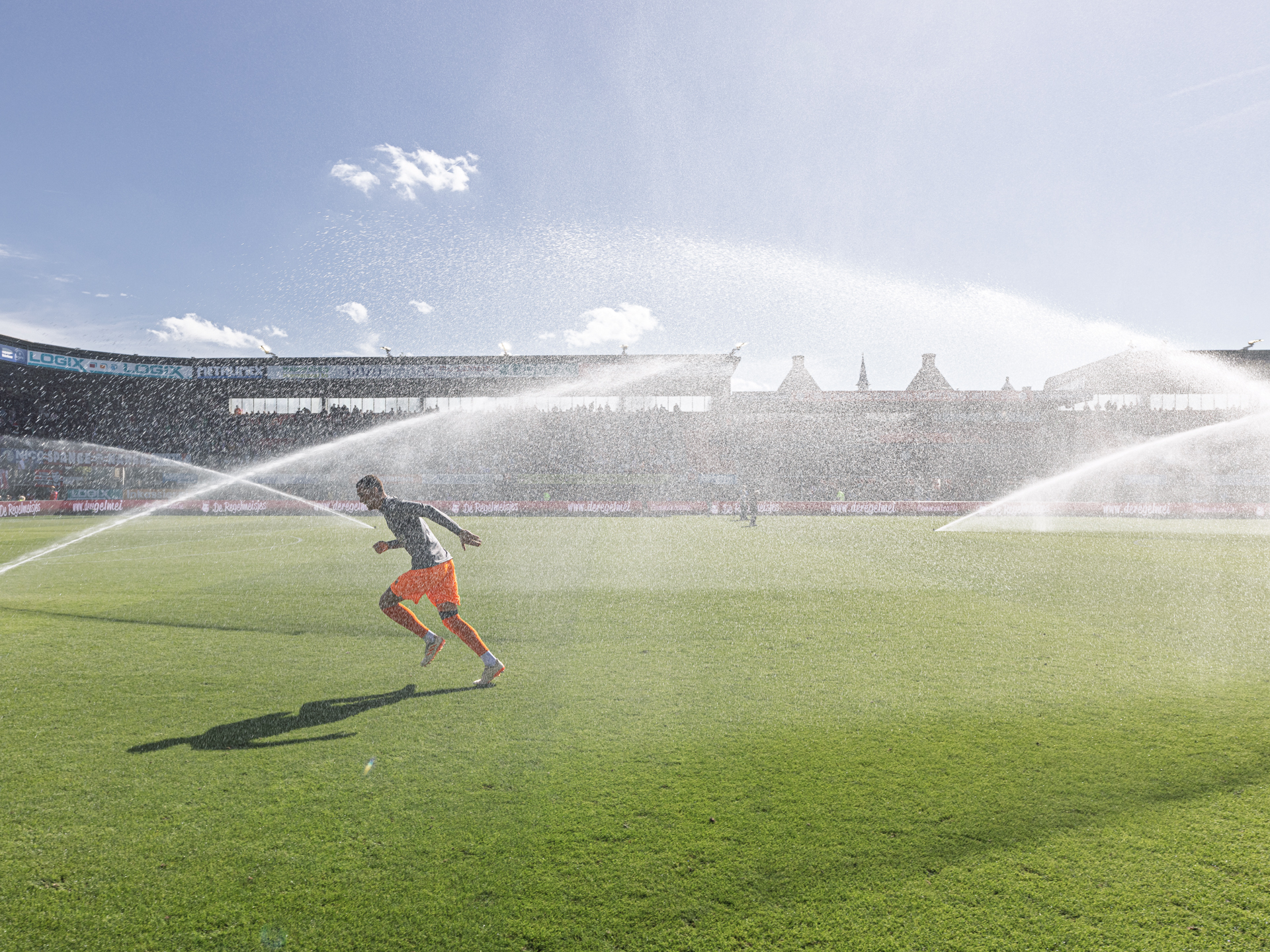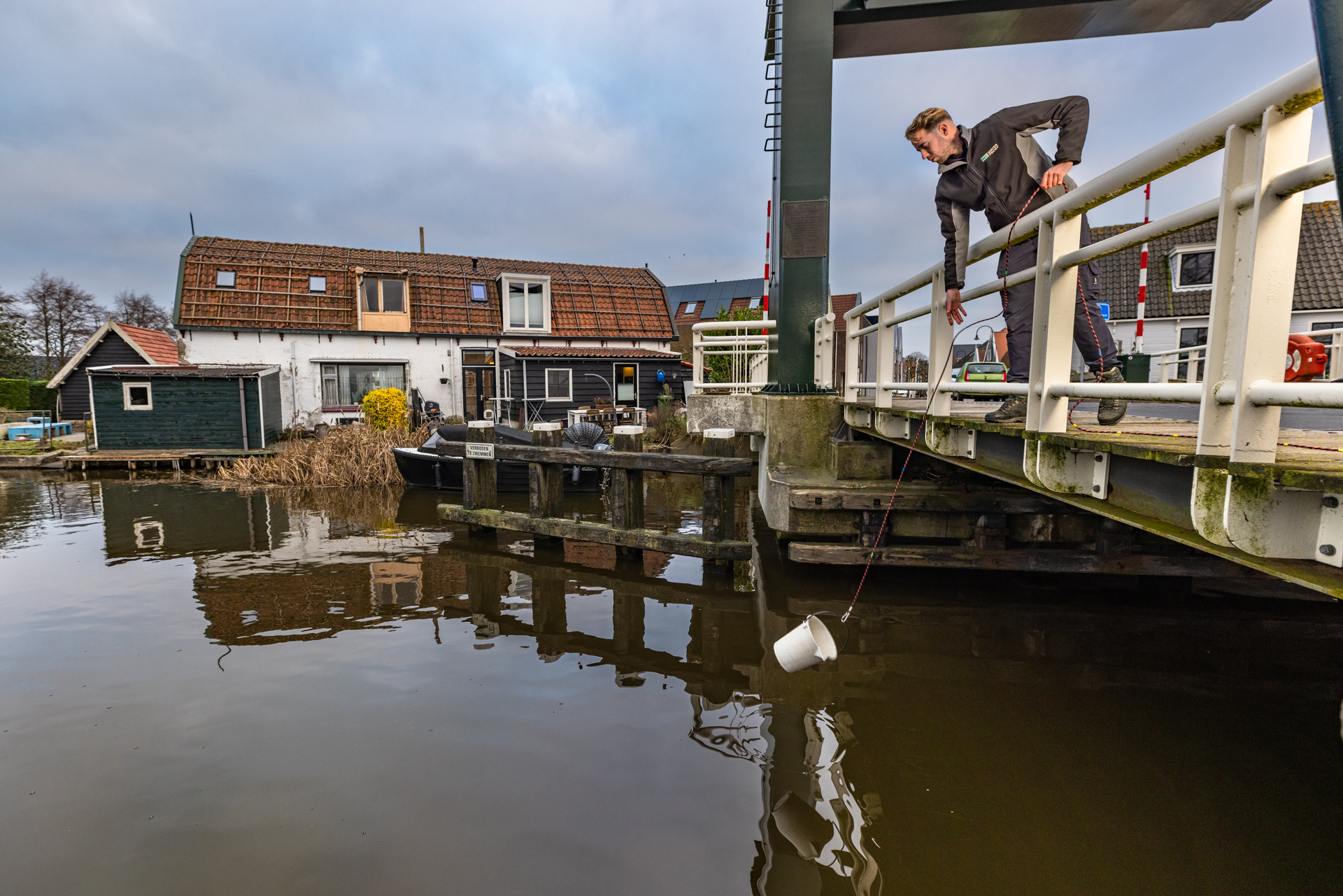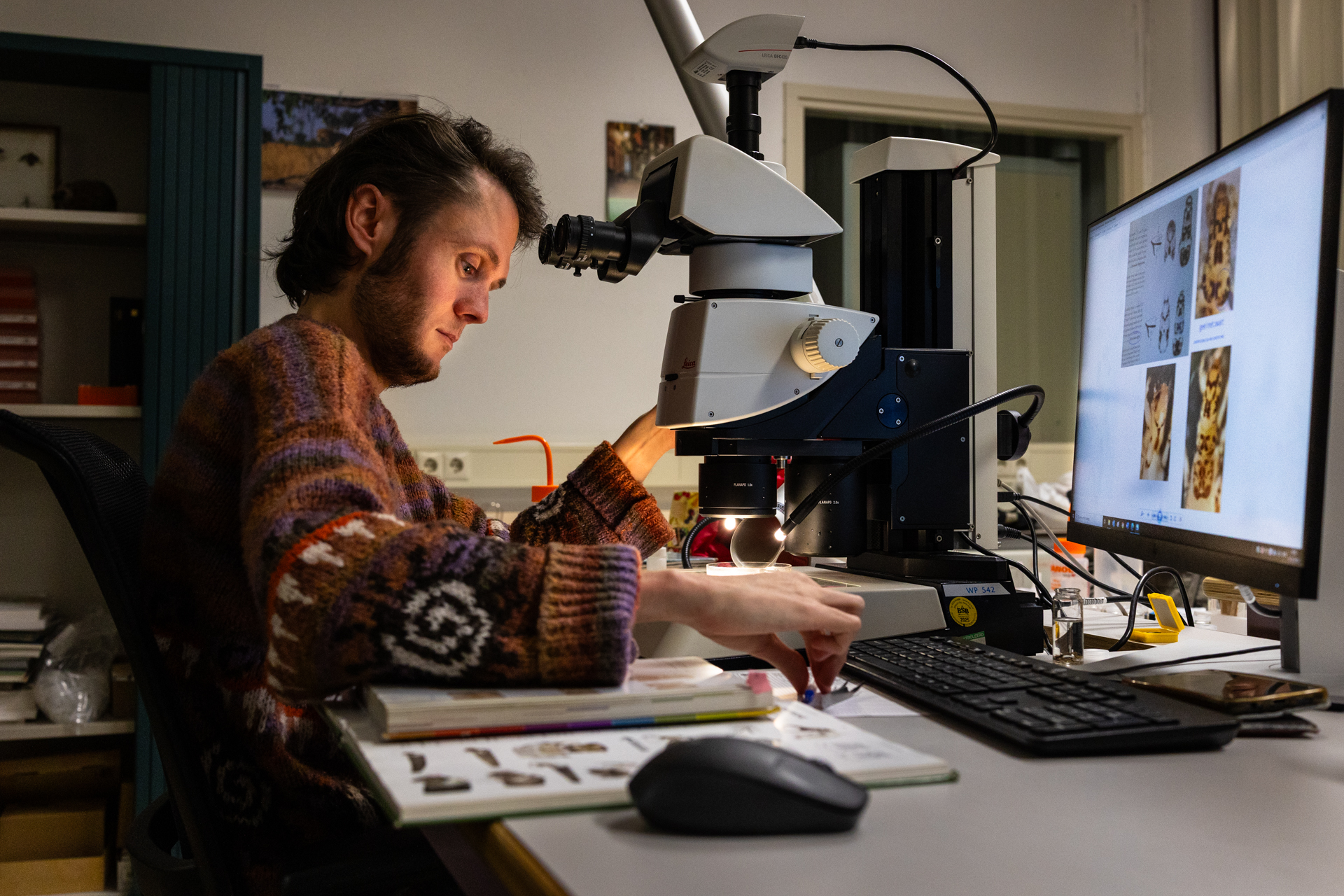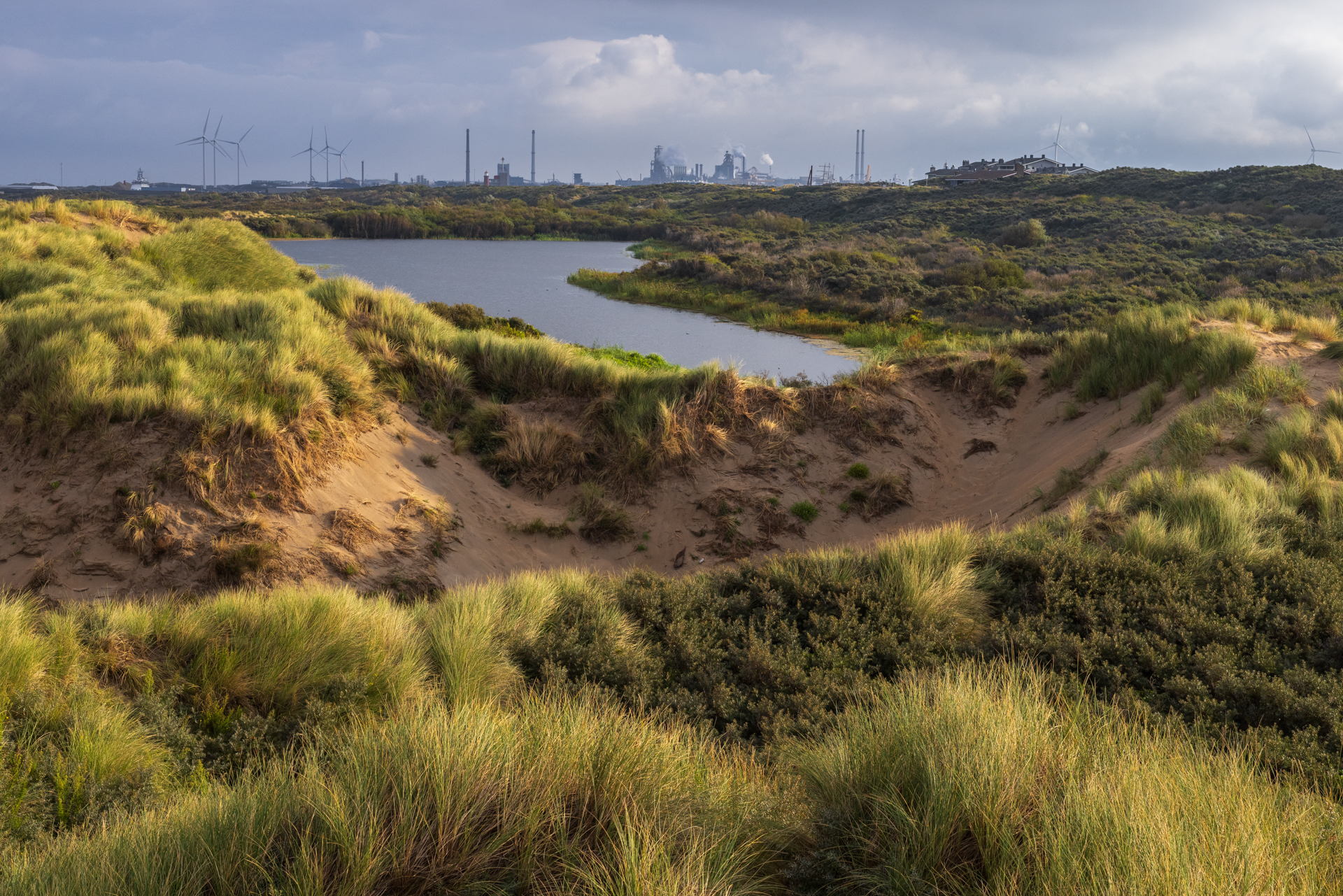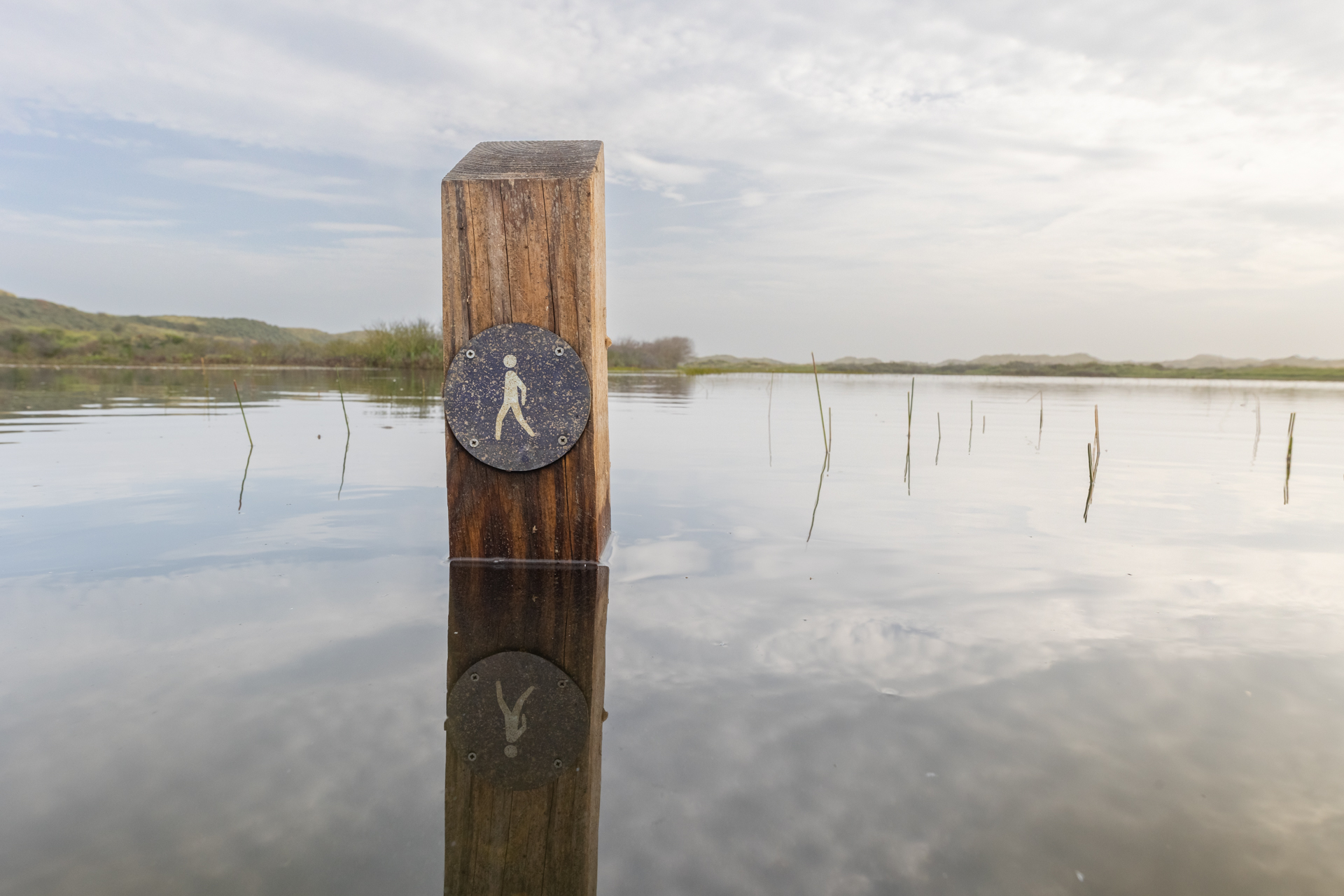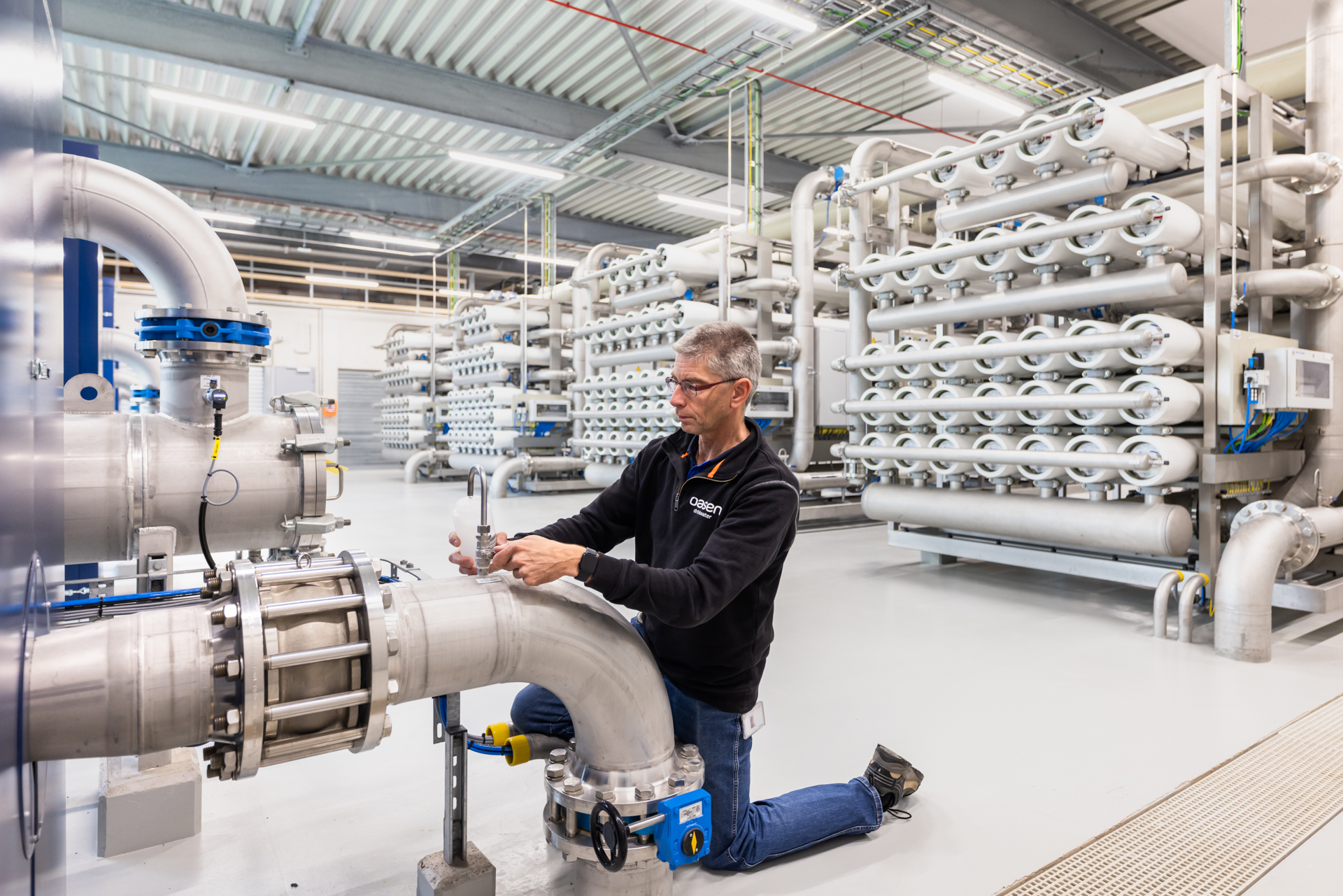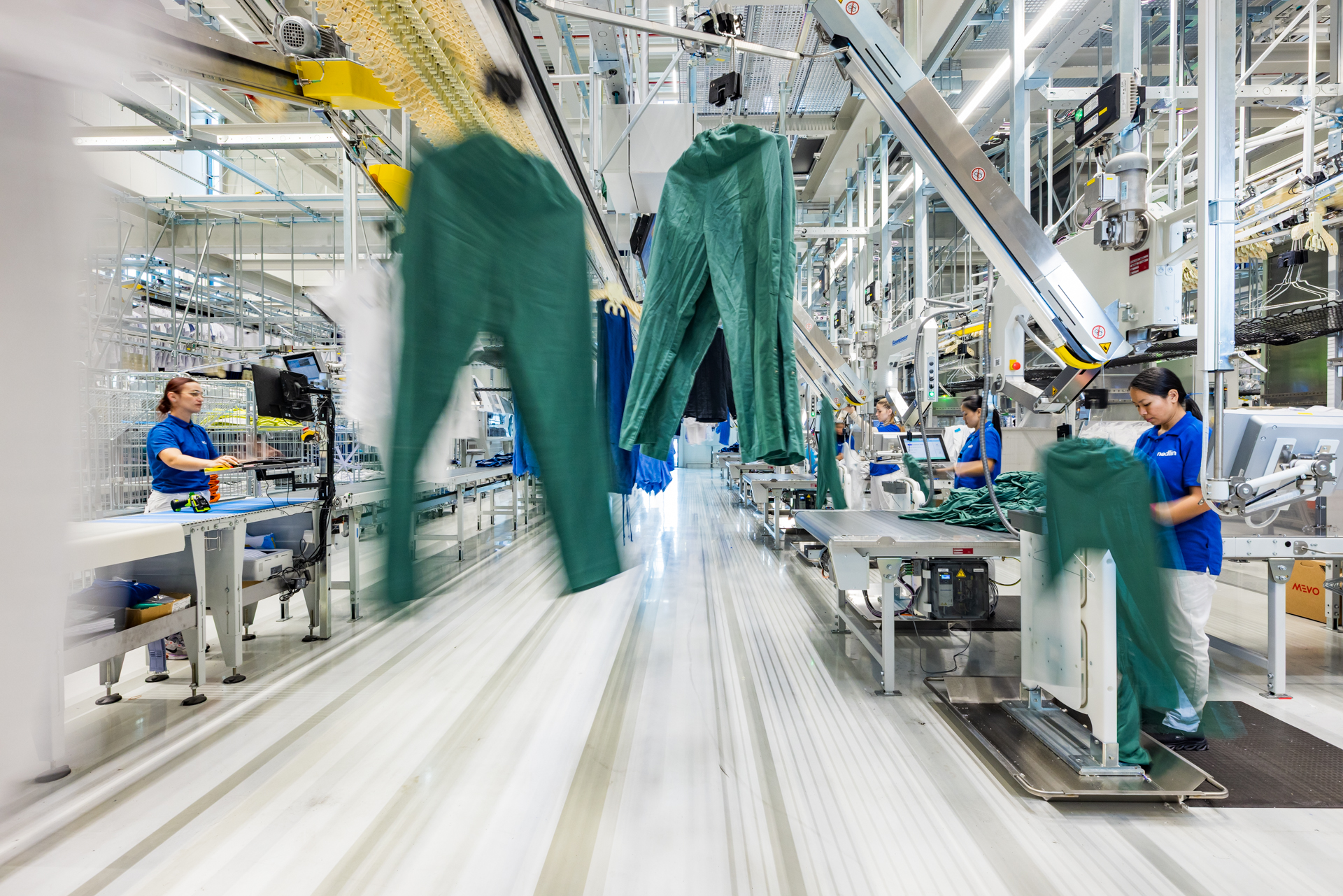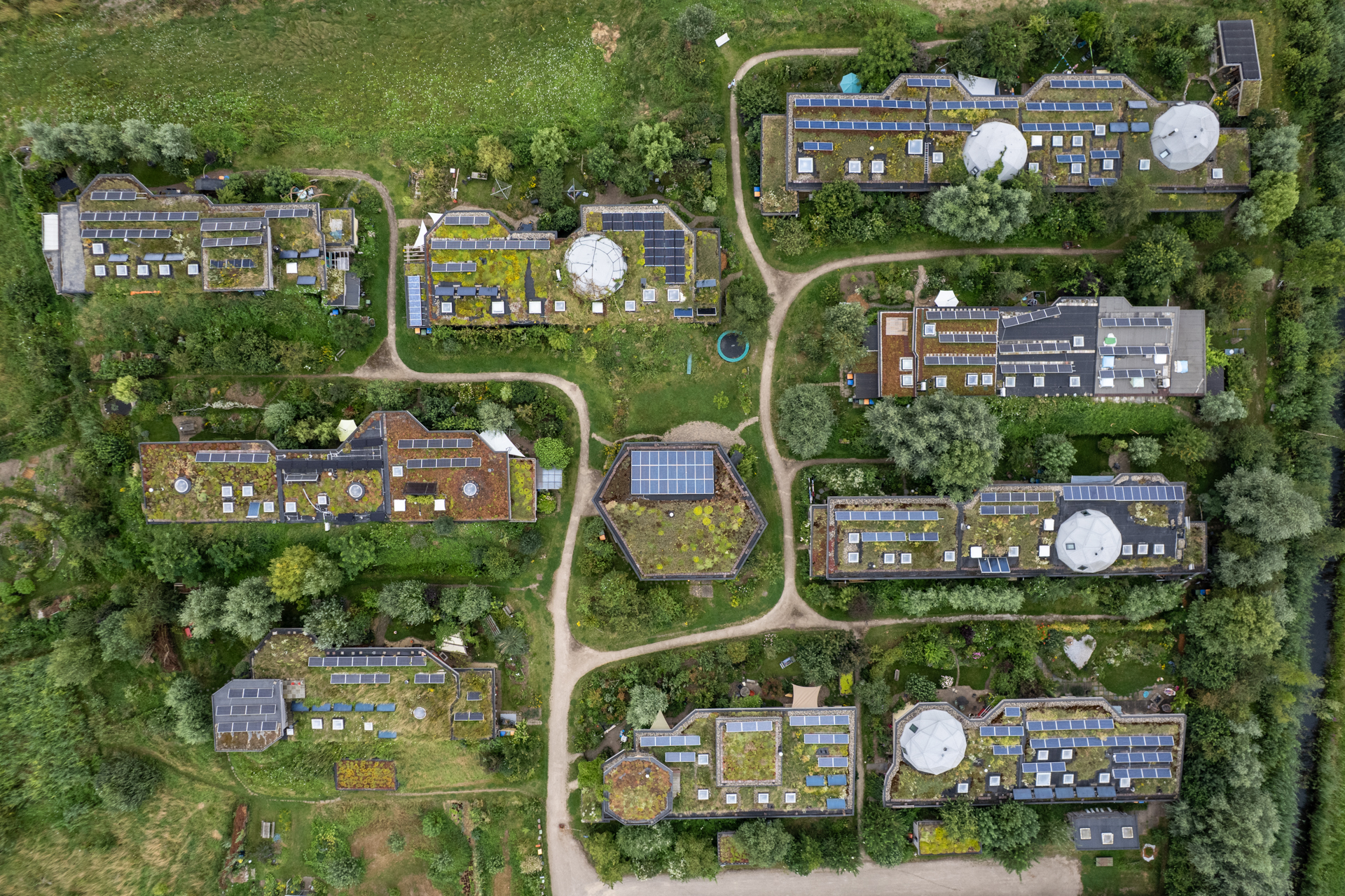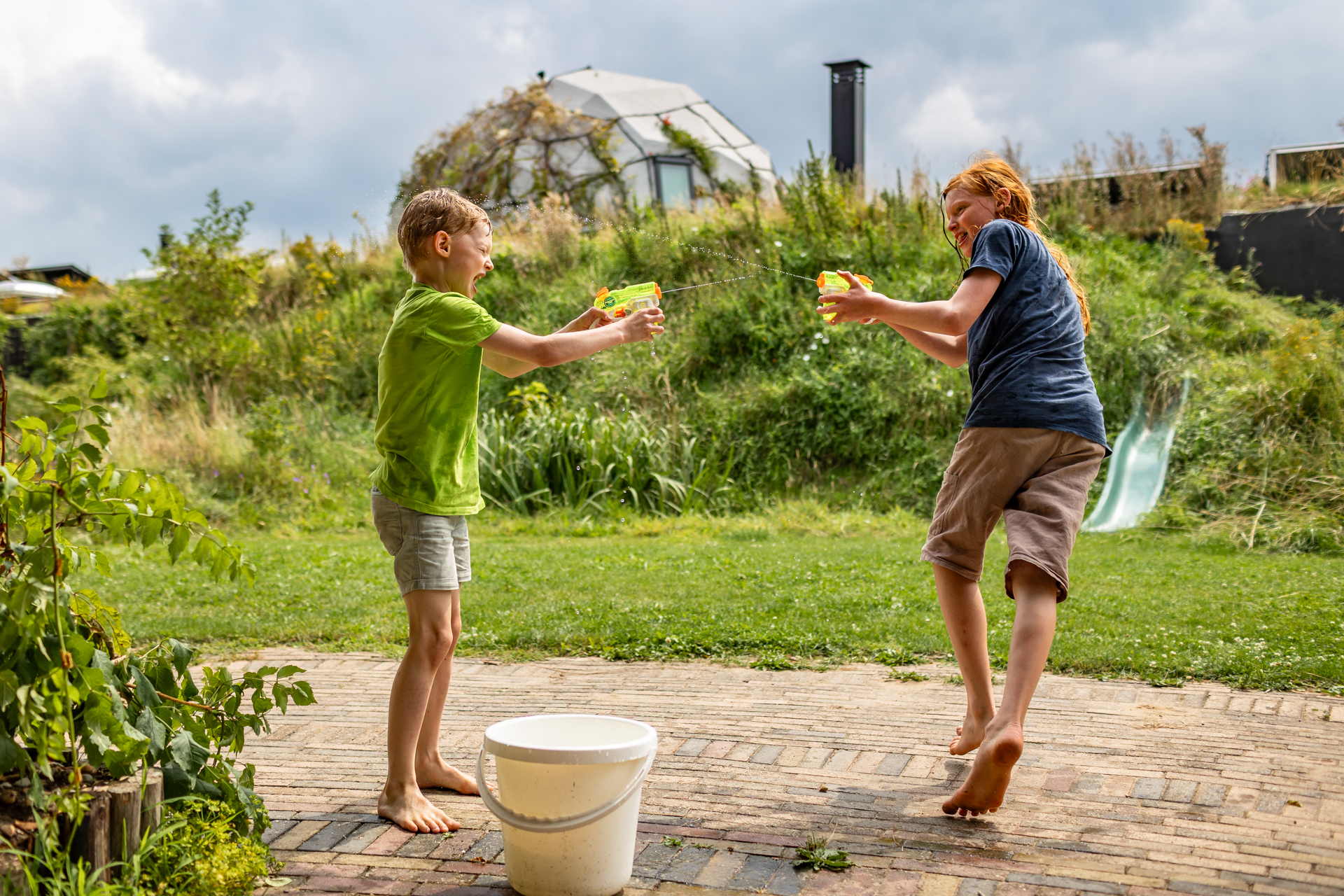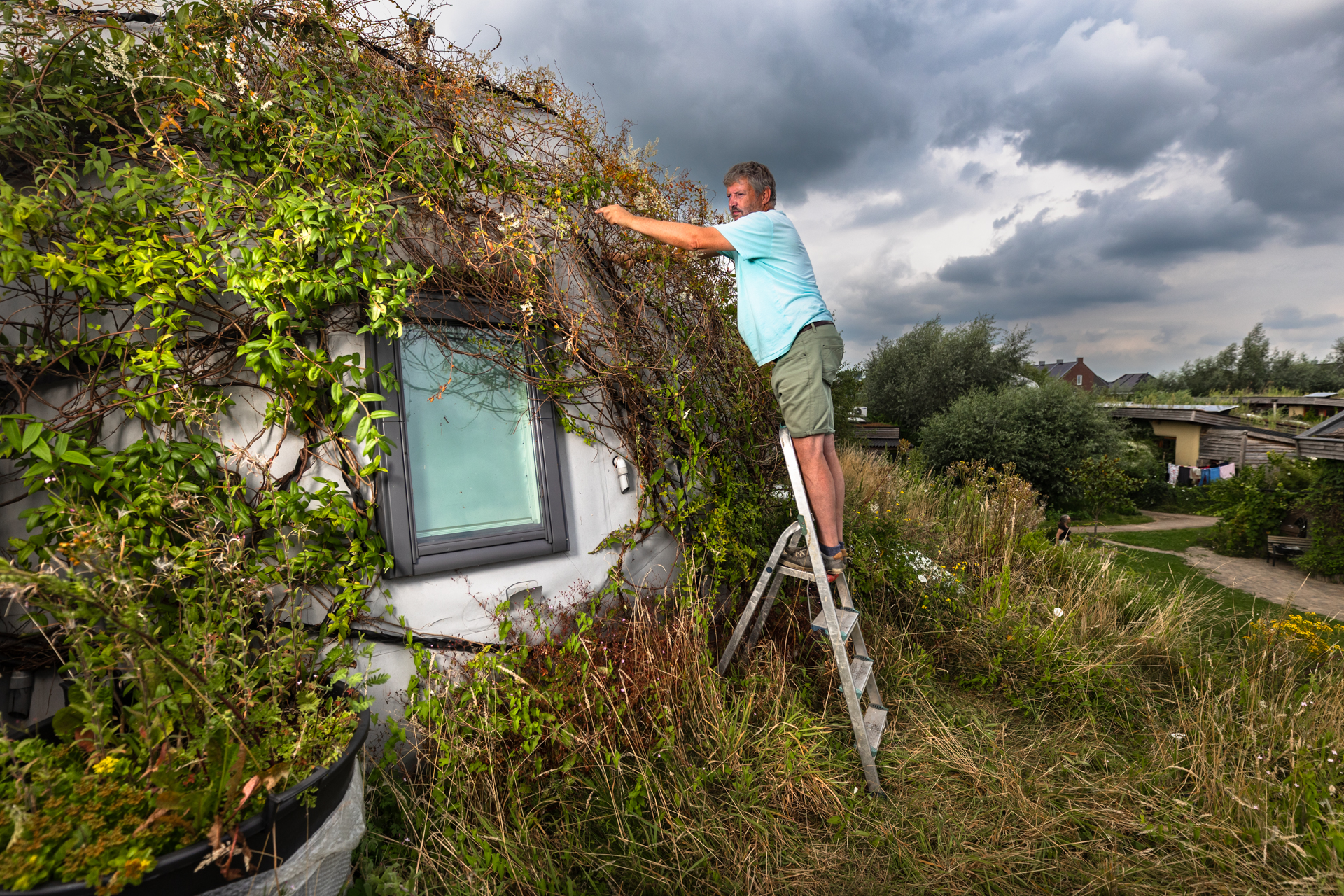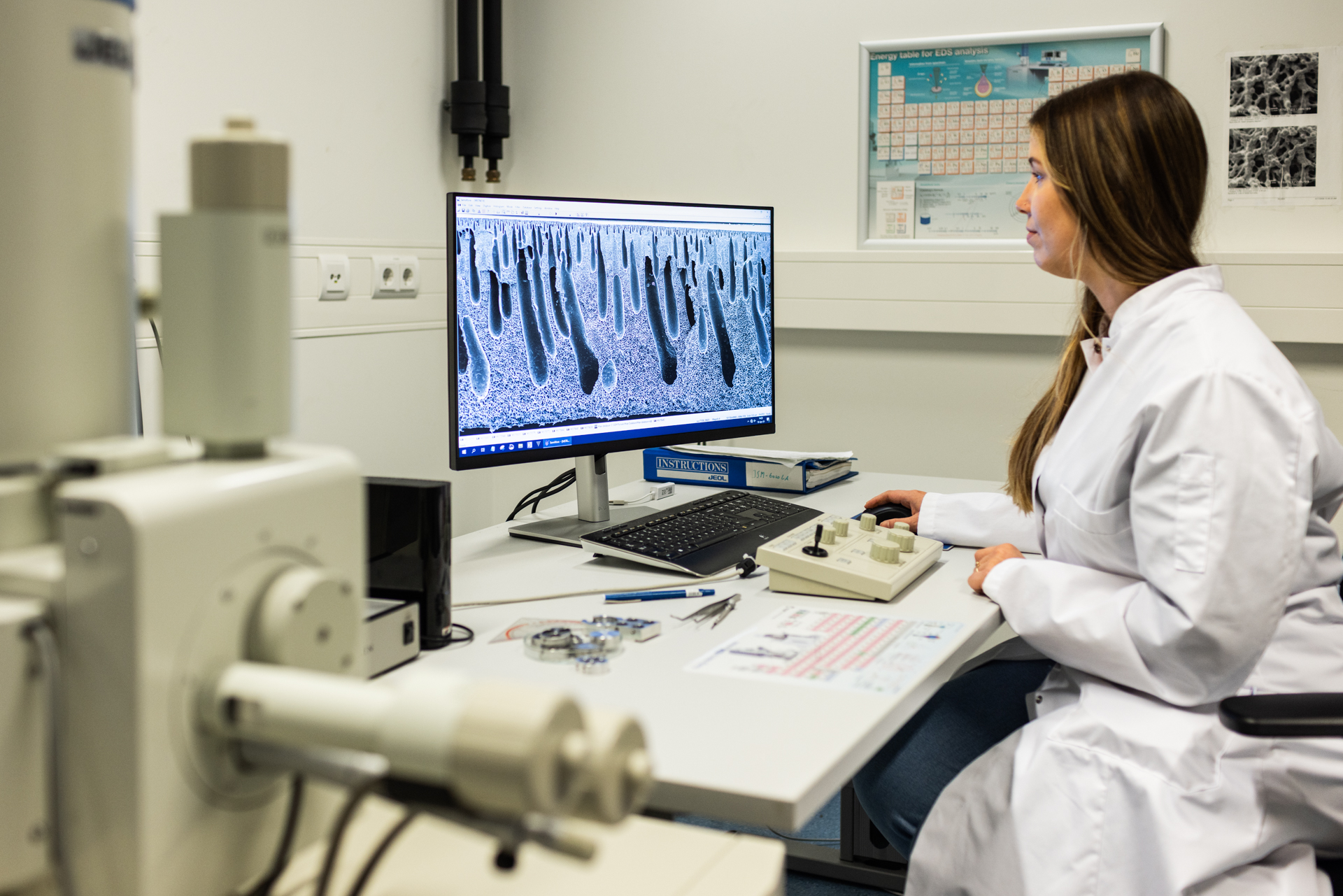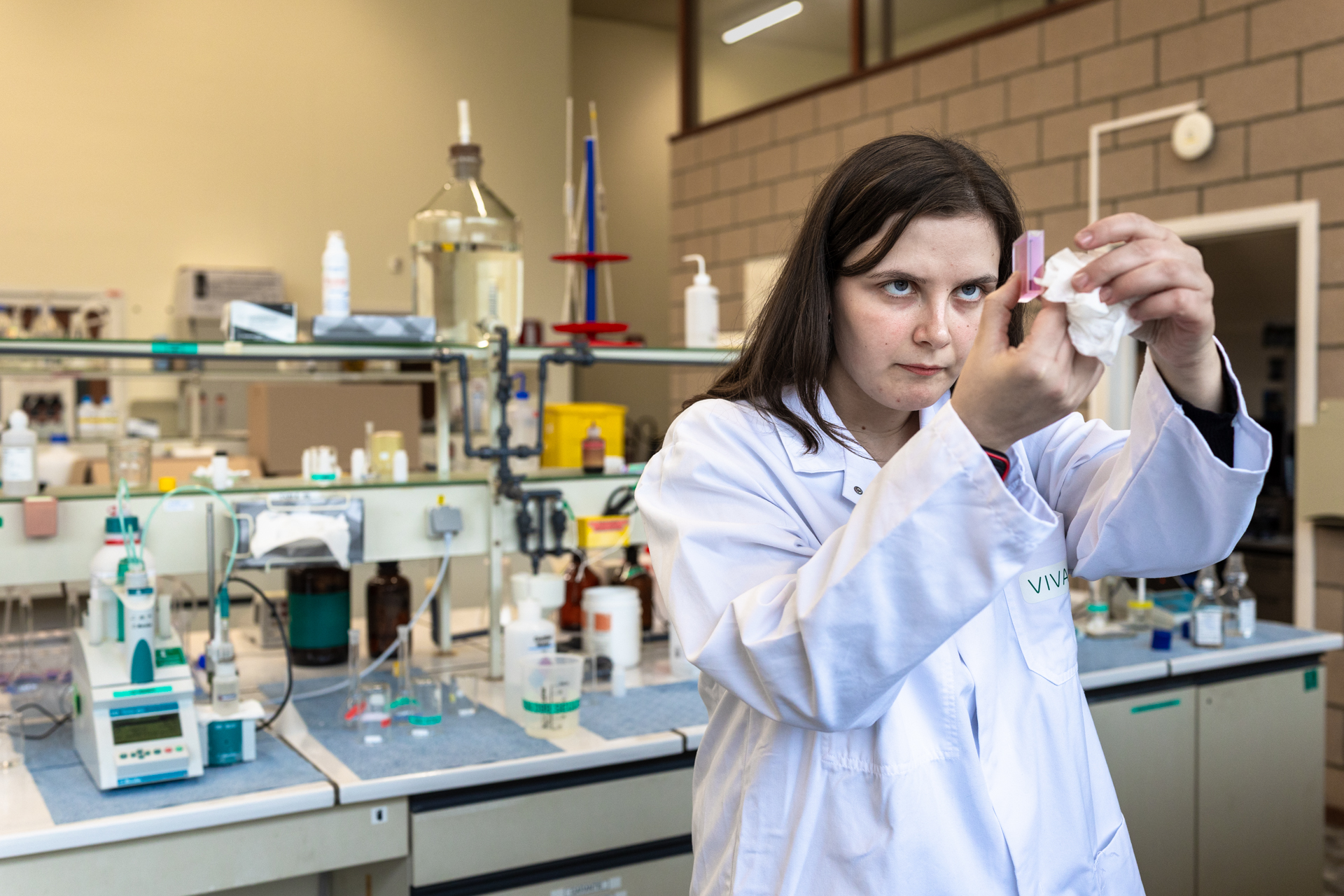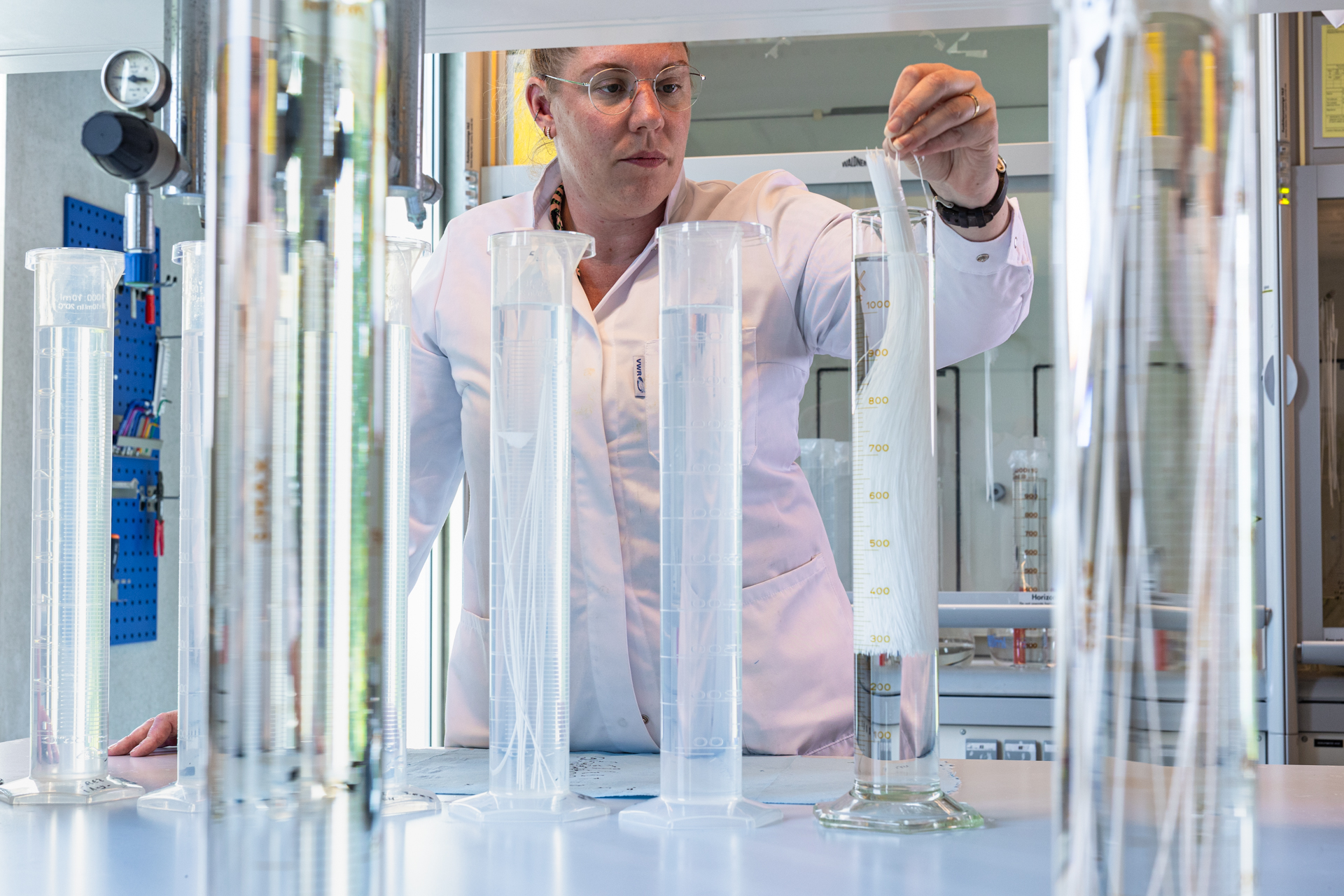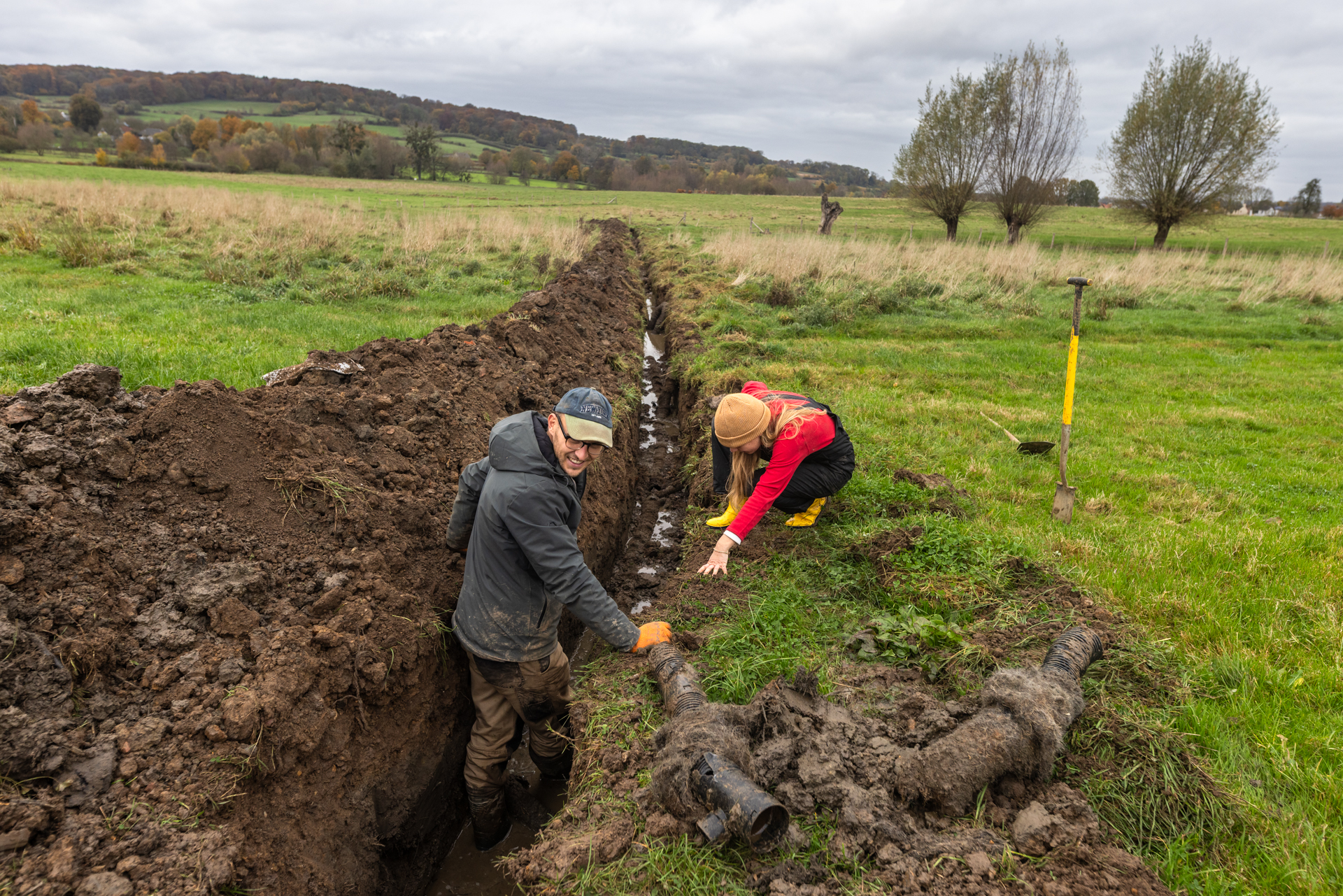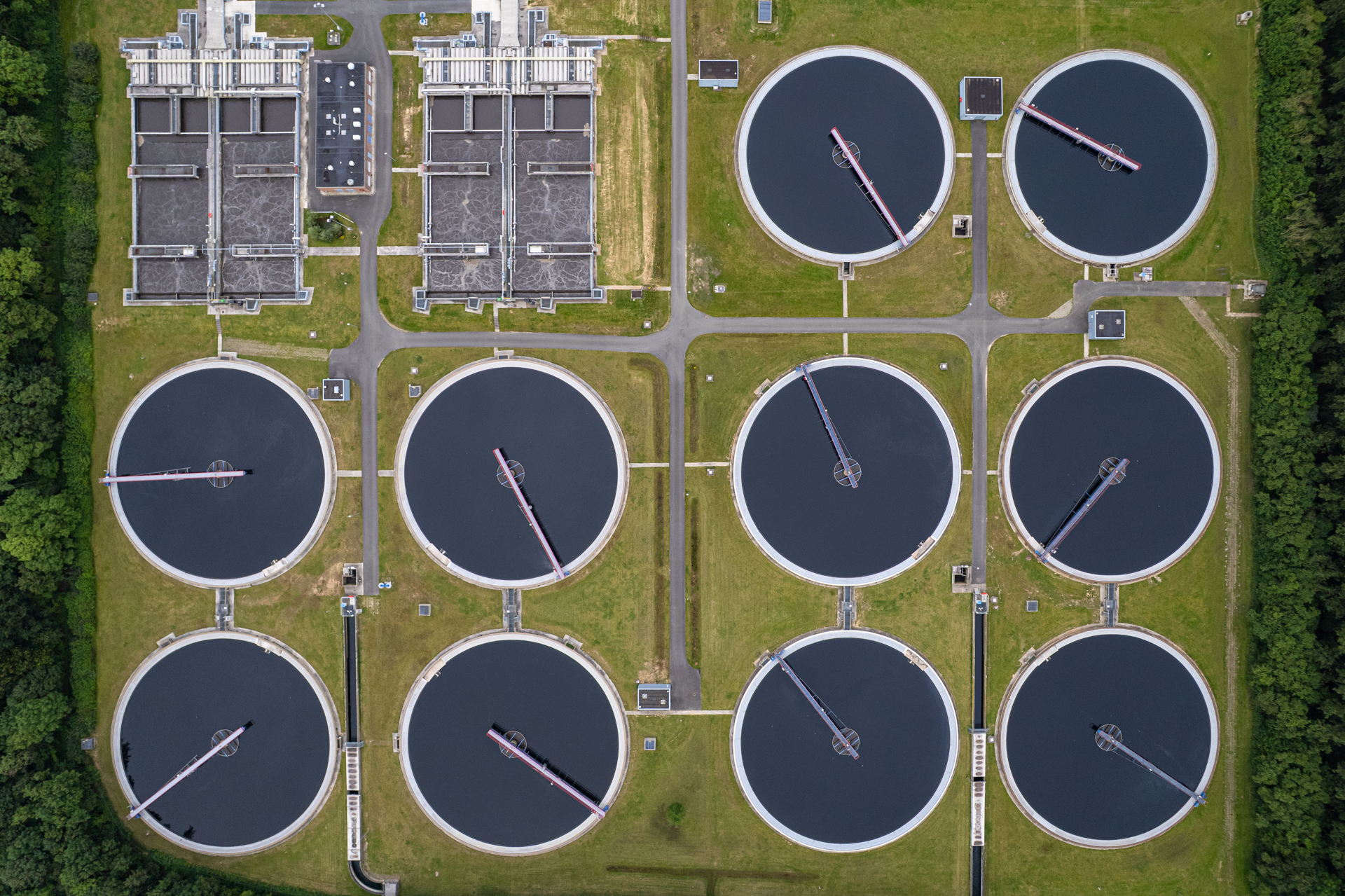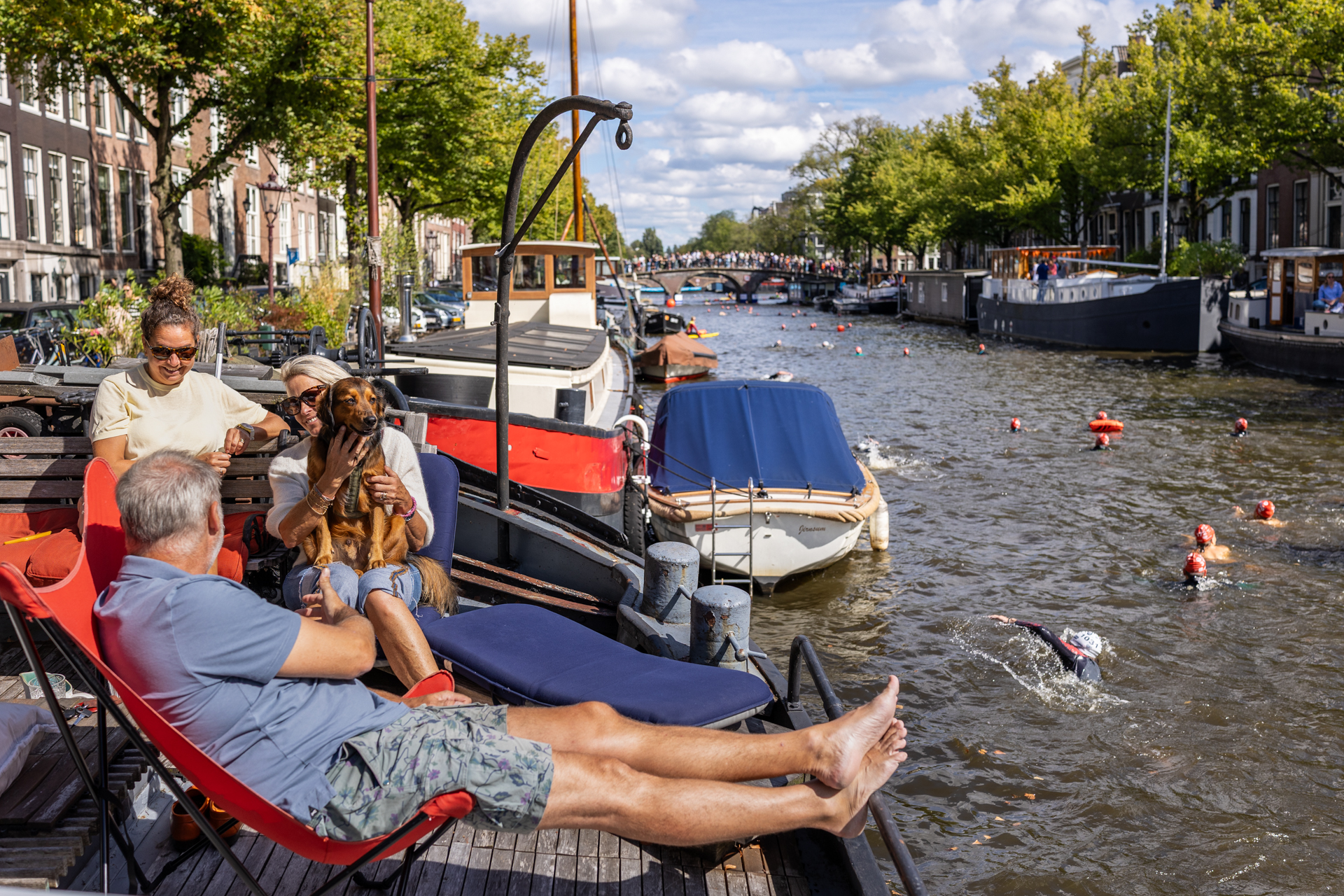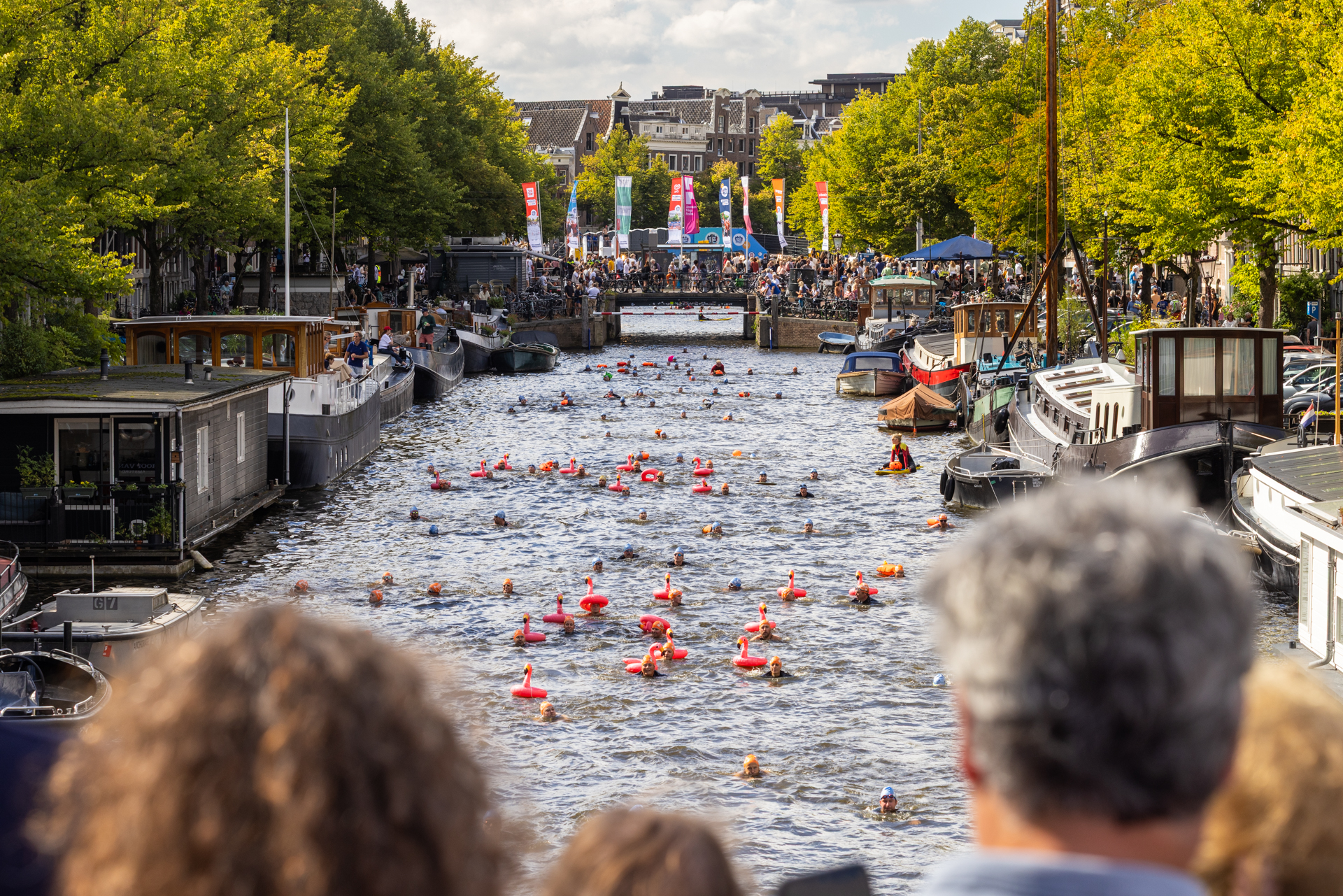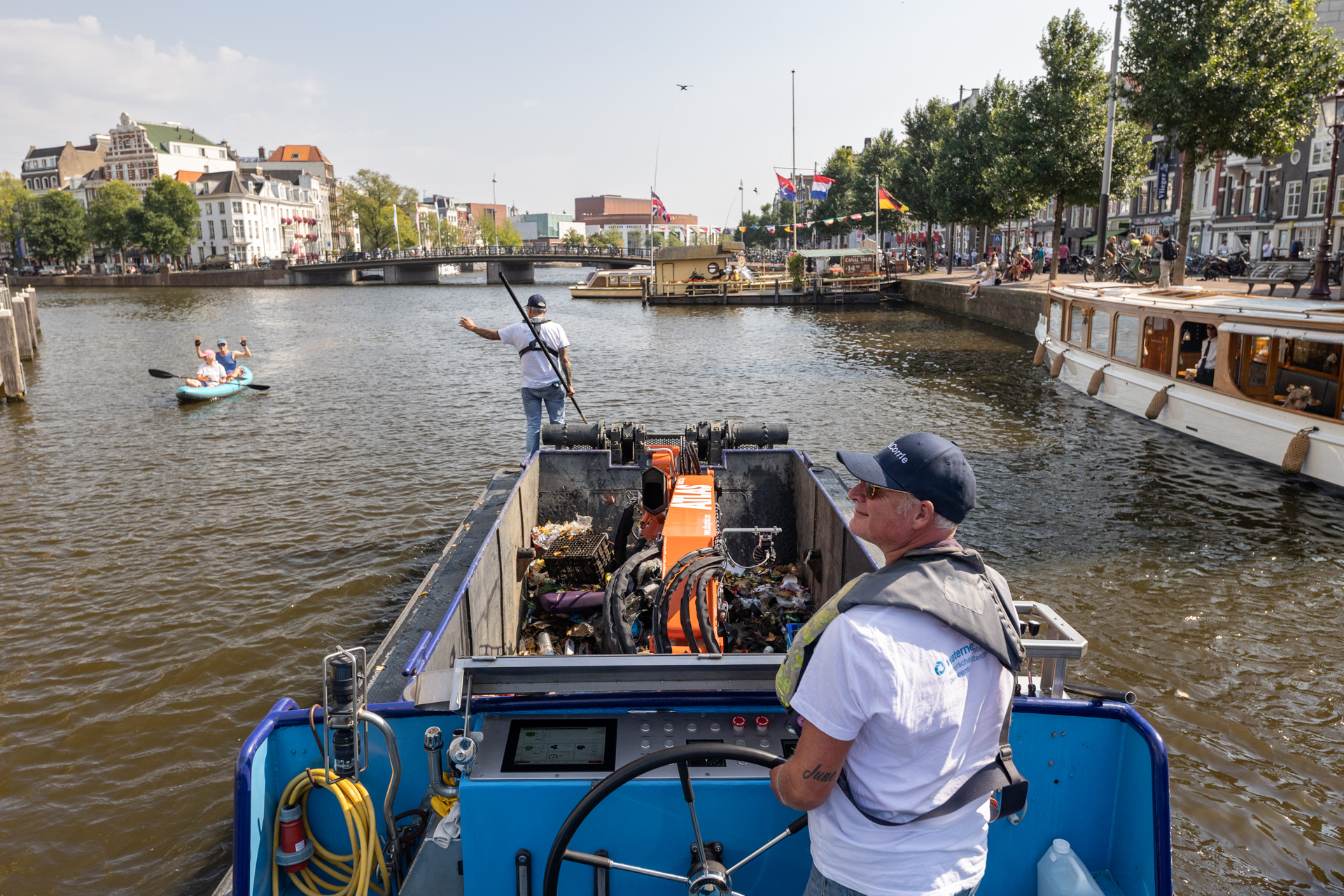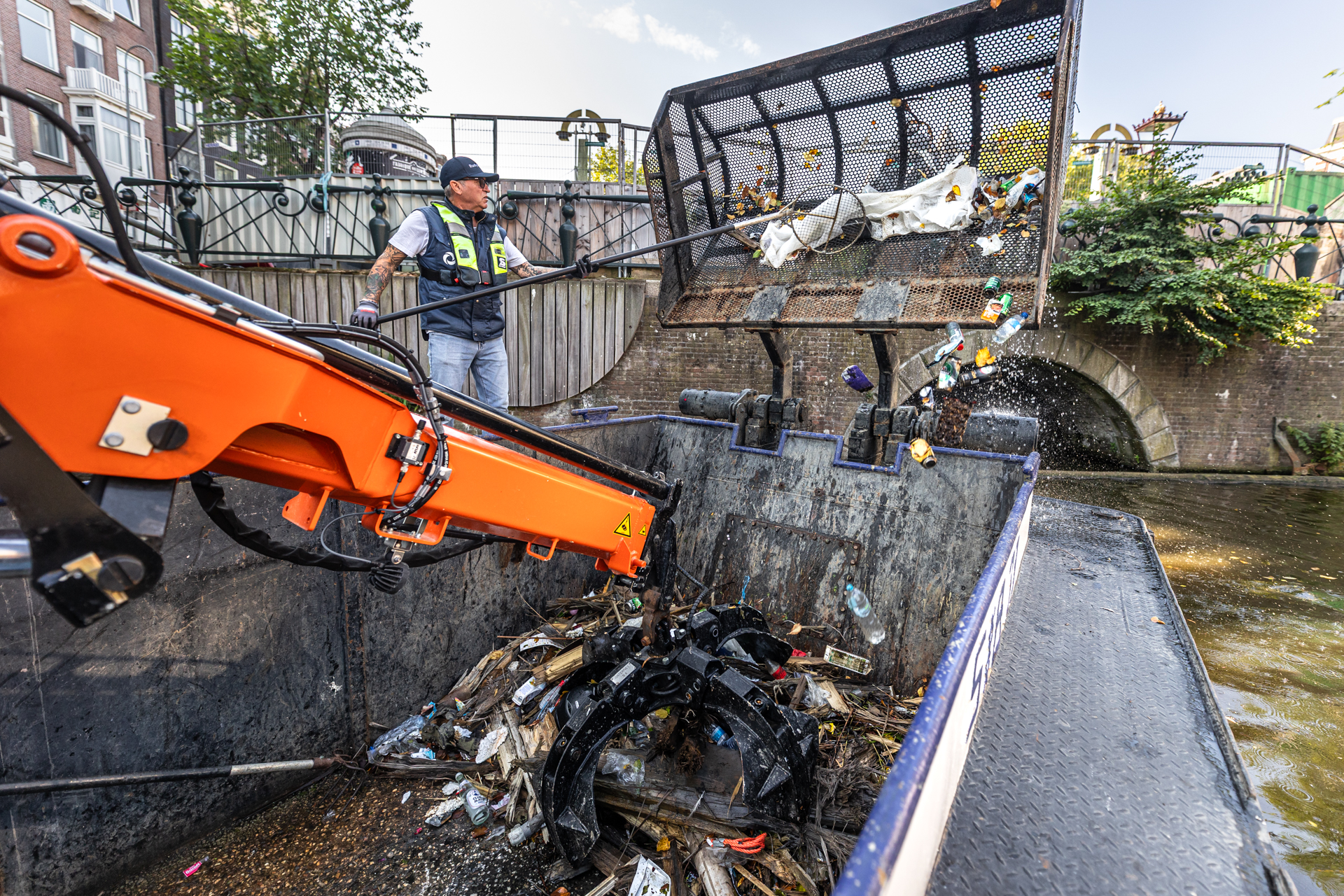DRINKING WATER
For the 2025 july edition of National Geographic I worked on a story about drinking water in the Netherlands and Belgium. In these countries, turning on the tap feels simple, but providing safe drinking water is actually a delicate and complex process under growing pressure. Most of the water comes from rivers like the Maas, where it is closely monitored—even small creatures like water fleas and mussels help detect pollution before the cleaning process starts. Water companies use large reservoirs and modern treatment plants, but face new problems such as PFAS chemicals, medicines, and farm waste, which make older cleaning methods less effective and force the use of expensive and energy-heavy techniques like reverse osmosis. At the same time, climate change, pollution, and population growth are putting pressure on supplies: Belgium already suffers from serious water scarcity, and in the Netherlands irrigation bans are becoming common, even though plenty of rain falls but often drains away unused. Governments and water companies are encouraging people to save water by reusing rain or household "grey" water, while some artists and activists argue we also need to rethink how we value water in daily life. The biggest challenge is not just cleaning water but preventing pollution and learning to use it more carefully so future generations will still have safe and reliable drinking water.
This project was made possible with support from the Oog op de Natuur Foundation.
